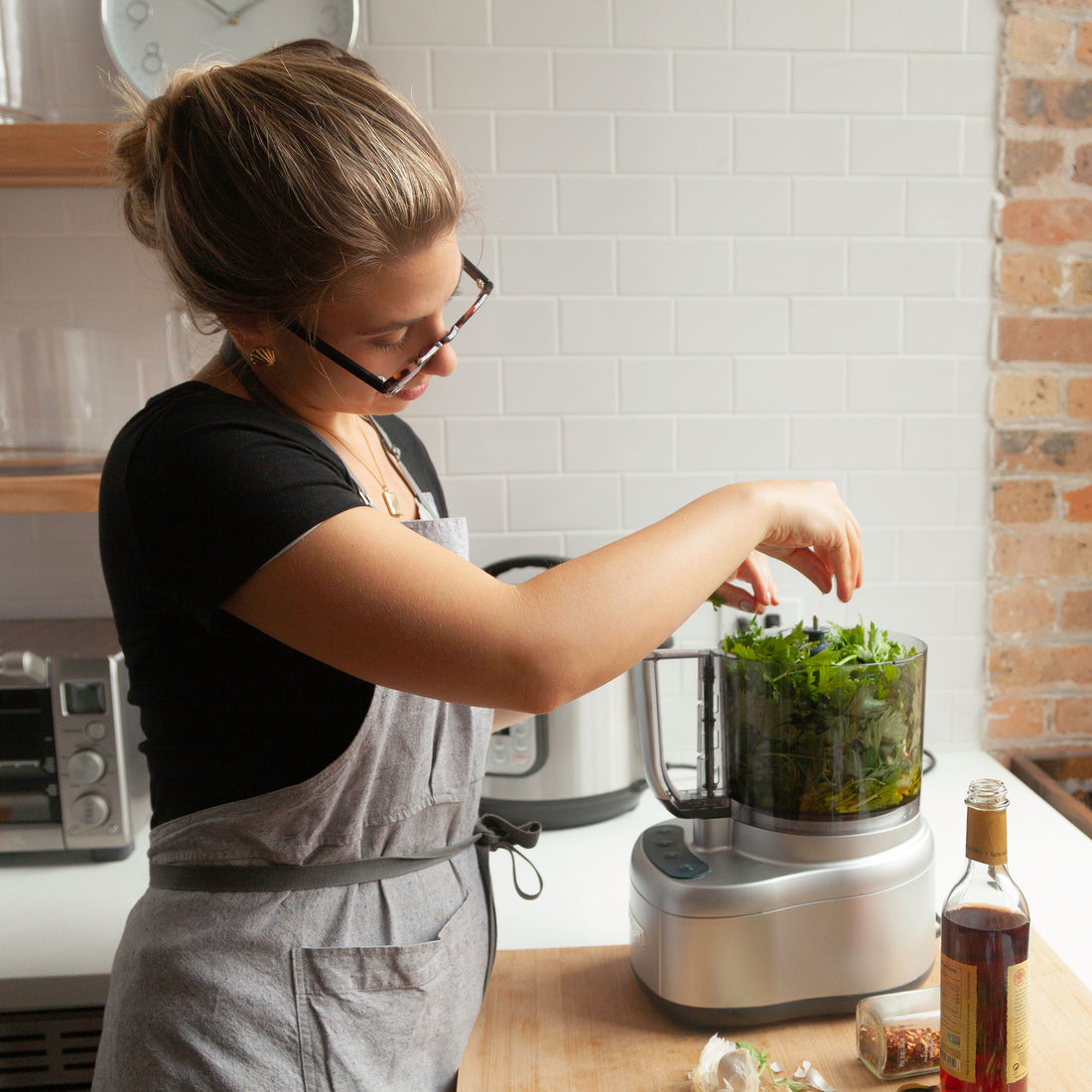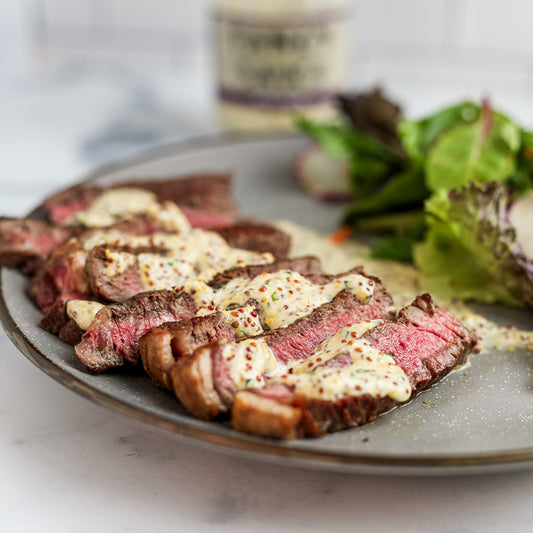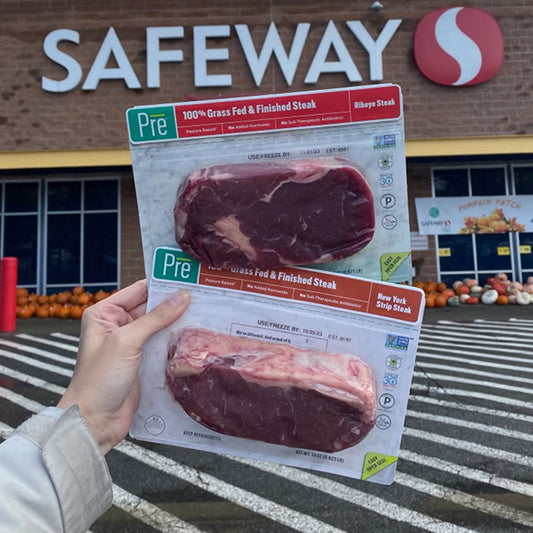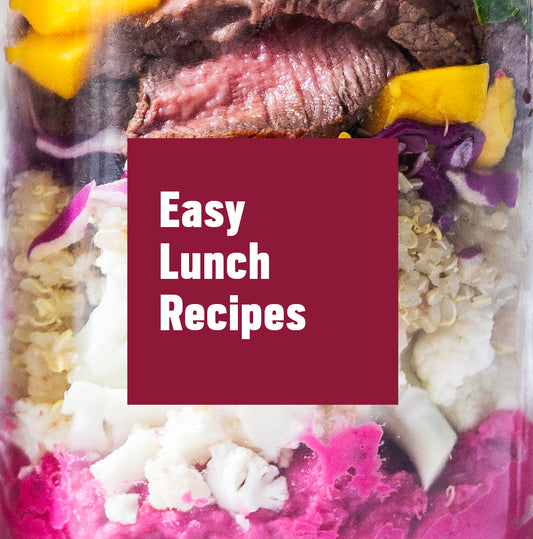
Cooking Without a Recipe: What You Need to Know
Chef Sarah RussoThis post I want to talk about one of my favorite topics...NO RECIPE RECIPES. How to cook without a recipe.
I have a few go-to dishes that are a guaranteed hit, but they always turn out a little different since there isn't a written recipe. How do I make them taste delicious even without specific steps and ingredients? Flavor building and balancing.
There are four key elements when it comes to building the flavor and then balancing it. FAT, SALT, ACID, HEAT. This is not a new concept. Chefs and culinary pros have been balancing these four elements to create and enhance flavor and texture in dishes for a very long time. (In fact, there is an amazing Netflix documentary highlighting this specific topic. I highly recommend it.) Let's break it down further with a specific recipe: basil pesto.

Fat
Fat carries flavor. When fat is part of the base of dish it helps to carry the flavors of the elements with it. For pesto, the fats we use are olive oil and nuts. Mixing these in will let the dish take all the other flavors of garlic, basil, and parmesan across the whole tongue and saturate it with flavor.

Salt
Fat carries flavor but salt makes the flavor blossom. If you are using a high quality salt, it makes lemon taste more lemony and the notes of basil come through to the top. Salt is not just to taste salty. It's important in all foods to enhance their natural flavors.
Acid
Acid brightens a dish and gives it life. Most people just think vinegar when it comes to acid. But acid is citrus, vinegars, fermented foods, and wine. The acid you choose should be relevant to a dish and be added in small doses. In our pesto, we will add some lemon juice so the pesto tastes bright and fresh.

Heat
Heat is an acquired taste. But it is also a flavor that has been passed down for centuries through peppers, wasabi, seeds, and nuts that have been ground or served fresh to expose their spicy notes. People love spice, and I can see why. Adding small doses of spice to create some interest in a dish, can be an amazing flavor element and sometimes the star. In our pesto, I like to use red chili flakes for specks of spice among the bright, salty, and herby flavors.
Whether you're making pesto, a breakfast skillet, or a simple vinaigrette, think about combining these flavors elements and you will be surprised how fast and easy cooking can be (and how tasty!).
To balance flavor, follow these rules:
Not much flavor -> Add salt
All the flavors aren't coming through -> Add fat
Tastes good but not great -> Add acid or heat
Read more: 3 Easy Steak Rubs to Spice it Up

Try something simple to start, like a vinaigrette or a pesto. Start with equal amounts of main ingredients. Taste and flavor balance from there. If you want to further your knowledge, and learn which cut of steak is best for certain dishes, check out our post Which Steak Should I Choose? Most of all, enjoy the process of not looking at a book or the internet. You'll never go back.
Want to learn how to cook up a steak next?
- How to cook steak on the stovetop
- How to cook steak on the grill
- How to cook steak in the oven using the reverse sear method
Where do I find Pre beef near me?
You can buy Pre online or find your nearest grocery store using our store finder. You can also get Pre on AmazonFresh and Instacart.



